Press Release
E P Therapeutics announced the issuance of US Patent Number 7,655,462,B2 Anti-Tumor Activity of Ea-4 Peptide of Pro-IGF-1
March 2, 2010, Ridgefield CT
Mr. Barry Ressler, Chairman, EP Therapeutics Inc (EP). announced the issuance of US Patent Number 7,655,462,B2 Anti-Tumor Activity of Ea-4 Peptide of Pro-IGF-1. EP is engaged in the development of new treatments for the management of epithelial cancers based on a unique, patented peptide (EPT- peptide). Our research has demonstrated that our E-peptide and its gene possess properties that suppress growth, metastasis and angiogenesis and induce programmed cell death in many cancer types, including breast, ovary, colon, liver, brain and prostate.
Dr. Thomas Chen, EP Chief Scientist and Dr Steve Diamond, EP Chief Medical Officer confirms that the subject patent takes advantage of the biological activities of E domain peptides in the treatment of tumor- producing diseases. Certain pro-IGF-1 E-peptides are shown to decrease tumor growth through apoptosis and to reduce metastasis.
The company has patents pending for the following
- Compositions and methods for inducing apoptosis in tumor cells
- Therapeutic uses of IGF-I E-domain peptides for promoting wound healing and tissue repair.
- Inhibition of hematopoiesis
- Induce differentiation of neuroblastoma cells and neuronal stem cells.
Our R&D efforts in 2010, in addition to oncology activities, include both internally and with collaborative partners, for the following applications:
- stimulate the growth of stem cells leading to endocrine lineage.
- stimulate fibroblasts to enhance and speed wound closure
- application to Umbilical Cord Blood Stem Cells to eliminate unwanted hematopoiesis.
- accelerate the maturation of differentiated neural stem cells for spinal cord therapy.
This news release contains certain “forward-looking statements.” Forward-looking statements are based on current expectations and assumptions and are inherently subject to risks and uncertainties, some of which cannot be predicted or quantified, and many of which are beyond the Company’s control. Actual results could differ materially from these forward-looking statements as a result of a number of factors, including the uncertainty of acceptance in the market for our products and technologies or the acceptance of our customers’ products or technologies which incorporate our products and technologies, the failure of our technology to perform as predicted, competition from alternative technologies, uncertainties as to the size of the markets, cost and margins for SCI’s products, current or future government regulations affecting the use of SCI’s products the degree of protection from future patents, other risks associated with the development or acquisition of new products or technologies.
